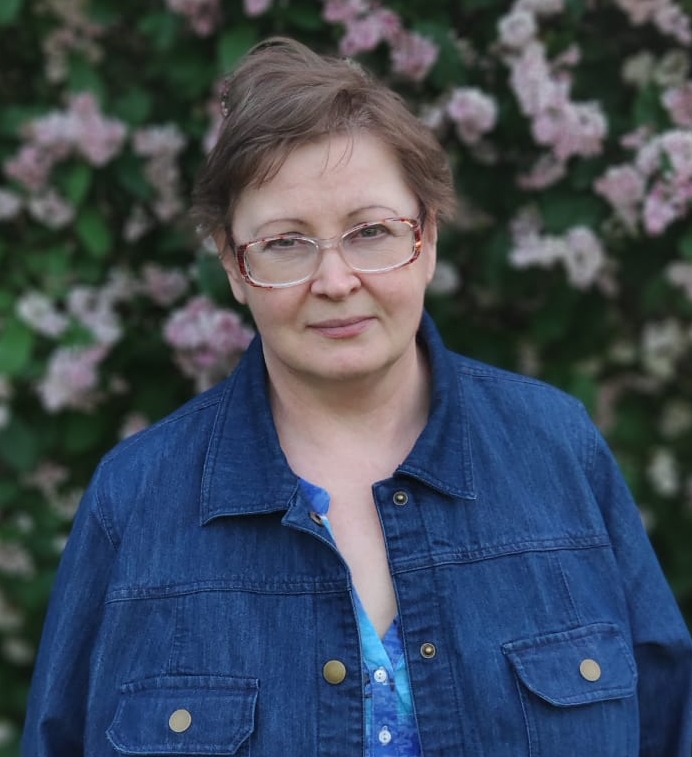The article deals with some historical and cultural aspects of the Tungus-Manchu shamanism on the example of the analysis of various types of sacred persons – shamans, fortune-tellers, predictors, and sorcerers. The ordering of the data categories of sacred persons of the Tungus-Manchus is given for the first time. The author investigates versions of their origin, cultural features, attributes and etymologies of their names. The shamans of the Tungus-Manchu people were divided into several categories – healers, storytellers, and performers of the first commemorations – powerful ones, capable of sending people's souls to the world of the dead. The names of the Amur shamans-healers – takot, teochinki – and of novice shamans of the Evenks – tui – are comparable to the verb tai – “to know, to guess” – and ideas about the Tao of the Chinese and the Tibetans. The shamans-storytellers named ningmati of Tungus-Manchus could carry out the rituals of the first funeral fire, medical and trade rituals. Shamans-sorcerers named gayen foretold and treated with a bell, and were associated with the creation of the world in folklore. The great shamans named kasaty in Nanai and shansho in Evenki were able to send the souls of the deceased to the world of the dead and were associated with the Polar star – the passage between the worlds. Udagankas of Tungus-Manchu wore dresses with bells and belonged to the category of white sylvan shamans. Diviners of the Nanai named tudins were considered stronger than shamans and had mirrors and a patron spirit, but did not have a costume with paraphernalia. They are comparable to the Uighur visionaries asleep. Shaman-warriors of the Evenks named Begin and great shamans, tribal priests named pagun shaman by the Manchus are comparable to the Turko-Mongolian bege-boo – tribal shamans, priests, and white shamans. The category of white shamans included shamans-warriors and leaders of the Evenks named sening, which are comparable to Chinese and Manchu shamans, fortune-tellers and sorcerers – shengge. According to the folklore, this category also included Nanai folk shamans aido, Udege aini, and Evenki aya dyalichi tanga (another name is lungarin from ningmati – shamans-storytellers). This category is comparable to the name of the main shaman patron spirit of the Nanai – ayami, formed from the verb aya – to create in Yakut, ascending to a similar Indo-European word. In conclusion, the author notes the Central Asian and East Asian connections of the Tungus shamanism.
Keywords: shamanism, sacred persons, sacred vocabulary, Tungus-Manchu, religious attributes
DOI: 10.22250/2072-8662.2020.2.53-61
About the author
 |
Tatiana Yu. Sem – PhD (History), leading researcher at Russian Museum of Ethnography; |






